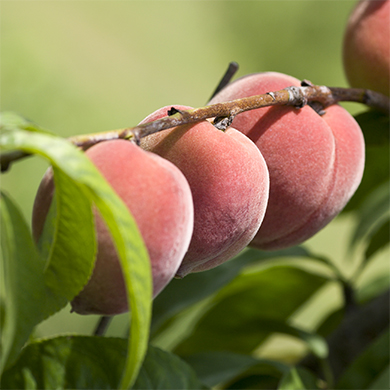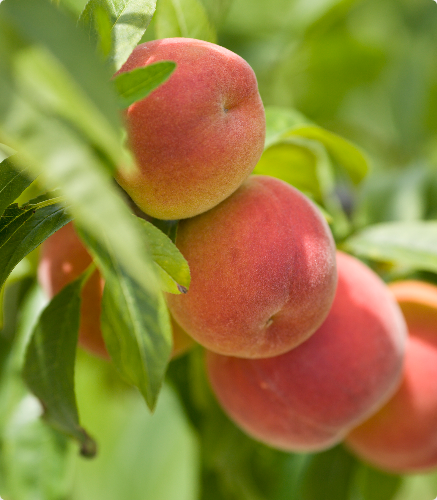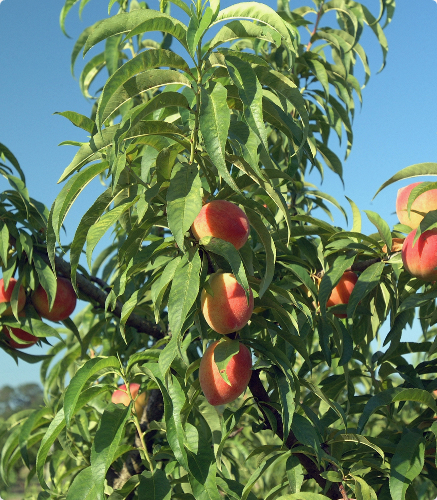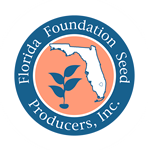Stone Fruit
Stone fruit is a term used to describe fruit that features a layer of fleshy, edible pulp surrounding a relatively large, hard pit (the “stone”) that protects a seed - such as peaches, nectarines, plums, and cherries.
Many stone fruit varieties will not flower and produce fruit until the trees are exposed to temperatures lower than 45 degrees Fahrenheit for a minimum number of hours. This phenomenon, called a "chill requirement," poses production challenges for stone fruit in areas with mild winters, like Florida. Only in the past 60 years have breeders developed commercially viable stone-fruit varieties in Florida.





